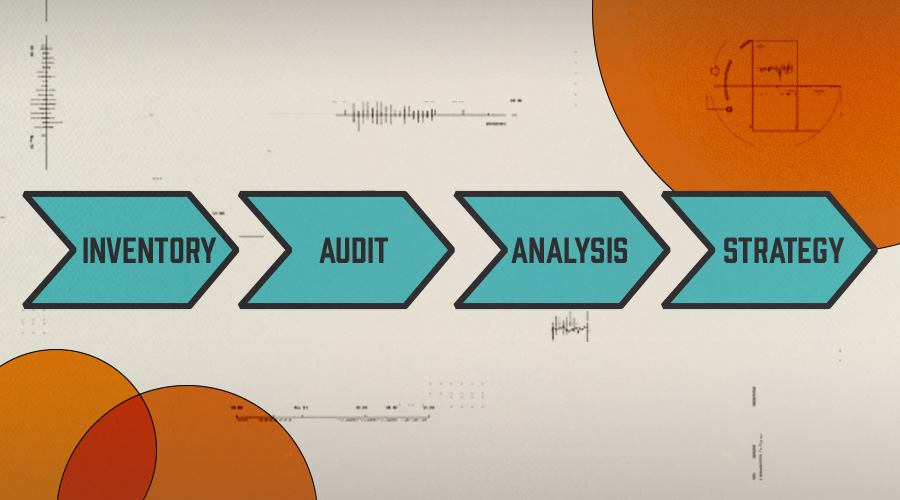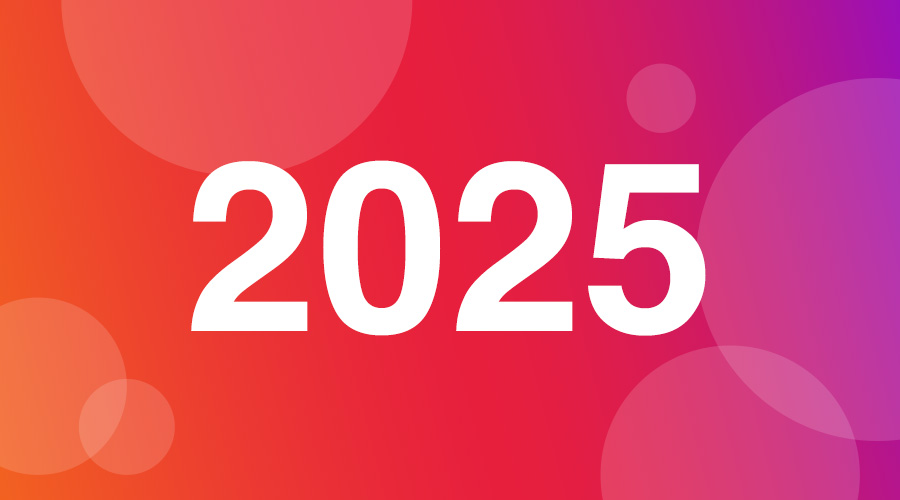Ten years ago in a college classroom, I was told that we generate as much information in two days as we did from the invention of the written word until the early 2000s. In two days’ time, we were generating 5,000 years’ worth of information.
With so much content out there, we as marketers and communicators are constantly vying for the attention and focus of our customers and prospects. We can find a little comfort in the fact that the bulk of that content is user generated, at least until we remember YouTube comments are a thing that plagues us all.
A lot of organizations combat this information barrage by generating more and more content in an effort to keep up. While there is a time and a place for that, I would argue that improving your current content is a far more effective way to win the time and eyeballs of consumers. Google has been making changes to their algorithm over the years to ensure that quality of content matters. And what really matters, is that Google cares. (Amirite, marketers?)
The best way to improve your content is to understand what you have through a content inventory. Crawl your site. Pull your analytics data. Call your favorite hard-working, fun-having, results-generating, industrial marketing agency — whatever works best for your team. Then, staring in the face of an overwhelming spreadsheet, ask yourself, “What is good content?”
So, What is Good Content?
Content should service a purpose. Every piece of content you produce should have a measurable outcome. The best content should meet all of the following criteria.
Findable
People use machines (search engines) to seek the content they want. In order to be accessible to people, your content has to also be accessible to algorithms. Everything from your website’s information architecture, page metadata and schema markup should be working for you to make your content findable.
Your content should be created or optimized to be engaging to people, yes, but also to be accessible to machines. This delicate balance can be difficult to achieve.
Don’t limit your thinking of content as just the words you put on your web pages. It’s also images you add to your blog posts and the videos you upload to Youtube, just to name a couple.
Related: Get tips for greater visibility on YouTube: Using Video Marketing Beyond Awareness
It’s also critical to remember that findability isn’t just from an external standpoint. Users often utilize the search function within an actual website! This often-overlooked feature of your website is both a rich insight source and a potentially powerful tool for your users and their experience with your brand. Does your search function do your content justice or does it fall flat?
Tip: When looking to evaluate what content you should create, consider checking your site search logs for content gaps!
Readable
You, savvy marketing professional, likely have a college reading level. If you have a journalism background, you know the average adult reader is around a ninth grade level. Do you know the reading level of your customer base? Does it vary depending on your offerings?
Say you work for a major industrial brand. You likely have a broad range of followers with varying levels of reading comprehension. The “do-ers” and fans of your brand are more likely to fall somewhere in the fifth to ninth grade reading level. The executives and financiers of your products are likely to fall in the ninth and college grade reading levels. Do you create content consistently at the lowest common denominator’s level? Do you vary your content based on topic? Have you considered how it plays a part of your customer experience? If your company is like many, you may lack guidelines for these types of scenarios.
Then, of course, you have the interface readability factors:
- Is your font size large enough?
- Are your text and background colors conducive to your end user?
- Is your column width too wide which may cause the reader to get lost as they move through your content?
- Do you have enough or too little vertical space between lines (the creatives told me this is called “leading”)?
And we can’t forget content format. Good content is easily digestible. When we evaluate digestibility, we consider things like:
- Lists — my greatest nemesis as a long format writer. Readers, however, love lists. And, to marketing’s benefit, so do search engines. Lists are a great structuring tool for increasing readability and forcing yourself to practice concise writing.
- Short scannable “chunks.” I know, it’s such a gross word, but it’s the best one I have for text that is broken up into small paragraphs. Using headings, subheadings, bold call outs and pull quotes can also help make it easier for the skimmers among us to quickly find the reference they are looking for.
Actionable
Your content can’t work for you if it doesn’t give your users a path to take action. Whether that action is a form conversion, online purchase, click to call, click to share, click to dig deeper or an invite to engage in the conversation — good content drives users to take the next action with your brand.
Consider these steps for evaluating if your content is actionable:
- Identify the action your content should elicit
- Measure that conversion
- Optimize content to increase that conversion
How to Audit Your Content for Effectiveness
You can’t begin a qualitative audit without a quantitative list of your content.
Your content inventory is a catalog of all of your digital assets. It should be customized to your specific needs, but at the very least, it is helpful to include:
- URLs
- Information architecture depth
- Images
- Media
- Documents
- Metadata
- Links in and out
- H1s and H2s
- Page traffic
Once you have completed your inventory, you are ready to undergo your audit and analysis. Any meaningful audit will always be built custom to your unique content needs. You can audit for a variety of topics like quality, effectiveness or competitive comparisons.
When auditing for effectiveness, we recommend you assess your content performance measured against your business goals, conversion goals, search rankings and any other key performance indicators (KPIs) for your organization.
Download our Content Effectiveness Inventory & Audit Template
If your company has audience personas, another auditing factor you should consider is evaluating which persona your content addresses.
Related: Learn More About Personas: Why Personas Make for Better Marketing
How to Measure Content Effectiveness
Prior to making content updates, it is critical to assign KPIs to each piece of content to measure effectiveness moving forward. This step can help your teams identify high-performing content and prioritize optimization for low-performing content.
Does your product campaign have a low conversion rate but strong click engagement? If the product campaign’s goal is to drive awareness and encourage customers to seek further education about the product, then the low conversion rate might not be a problem. Maybe your campaign page drives traffic to a product page which helps drive conversions; but without page goals tied to specific KPIs (like traffic goals for your campaign page), you might wrongfully assume the campaign page was not performing as well as the product listing. They are different pages with different goals. You can’t report effectiveness without context, which comes from defining what the page is supposed to do.
What Now?
Get to inventorying and auditing! This process is always the most daunting the first time you do it. But if you need a partner to get you through it, I know some spreadsheet enthusiasts and kickass marketers.
Tip: Once you have your content in order, make sure you’re updating your inventory as you create new content. But don’t worry — that doesn’t mean a never-ending spreadsheet! Adding fields to your content management system and making cataloging a part of your workflow makes long-term inventorying a breeze!





